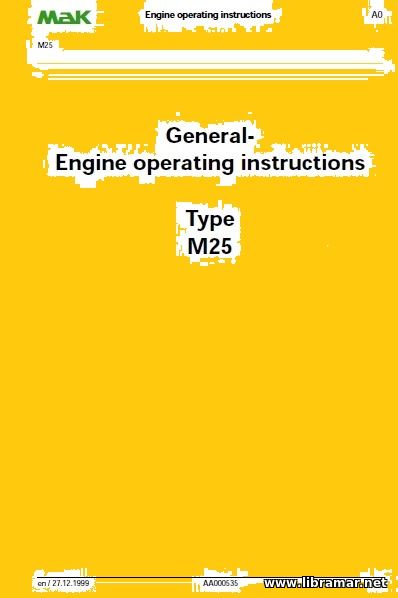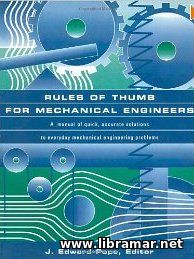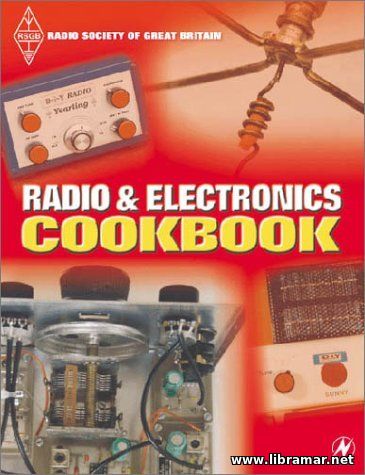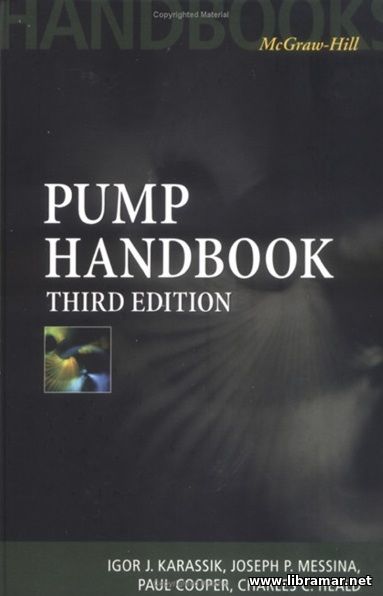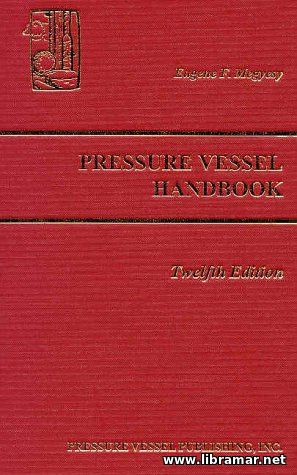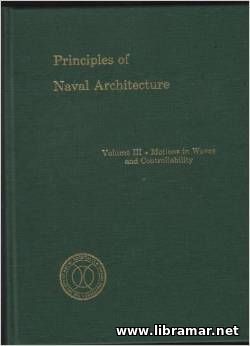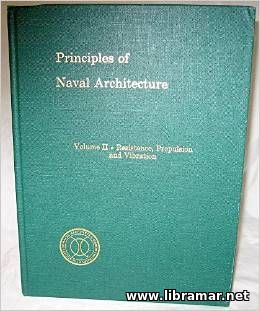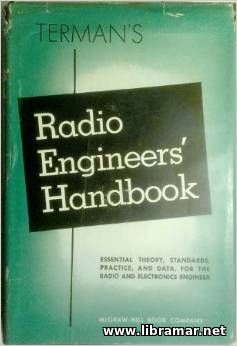
The ultimate purpose of this Handbook was to provide people with a good reference book that would summarize the core engineering knowledge serving as the basis of electronics and radio. The author made the particular emphasis on thoroughness.
More than 2000 of technical articles have been reviewed in the course of the preparation, and the publication in its final form presents in a perfectly organized way the more important contributions that have been made to the art by this vast body of tech literature. In the selection of material an attempt has been made to avoid the common failing of most handbooks, which instead of summarizing all of the important facts about a topic, and bringing together formulas and procedures useful in actual design, too often devote most of the available space to introductory material, such as found in good textbooks, and to descriptions of particular equipments.
The text is well documented, there being about fifteen hundred footnote references to published articles. Practically all the pertinent engineering literature in English that bears on any particular subject is referred, to in connection with the text on that subject. The reader who wishes to make an intensive study of a particular topic is thus in most cases spared the necessity of engaging in a time-consuming search through many indexes to find out what has been published.
At the same time, the essential information, formulas, etc., are insofar as possible included in this book. The reader, therefore, does not need to have an entire library within arm's reach in order to obtain the answer to most problems, and yet knows just where to go for further information.
